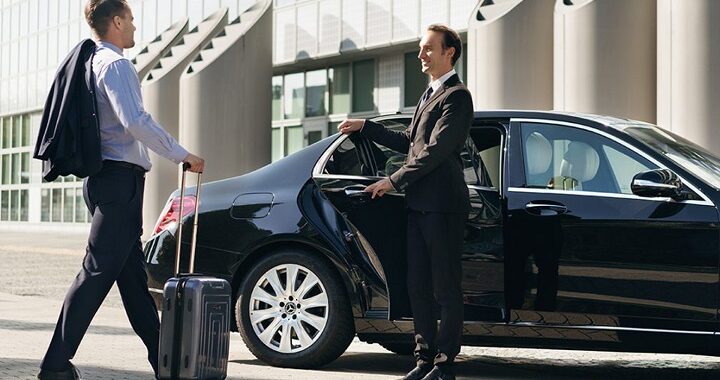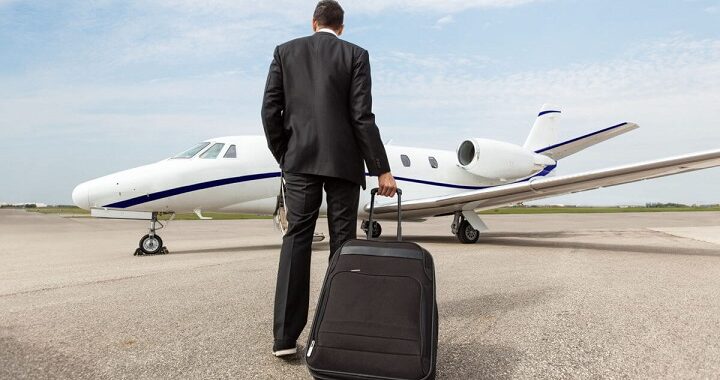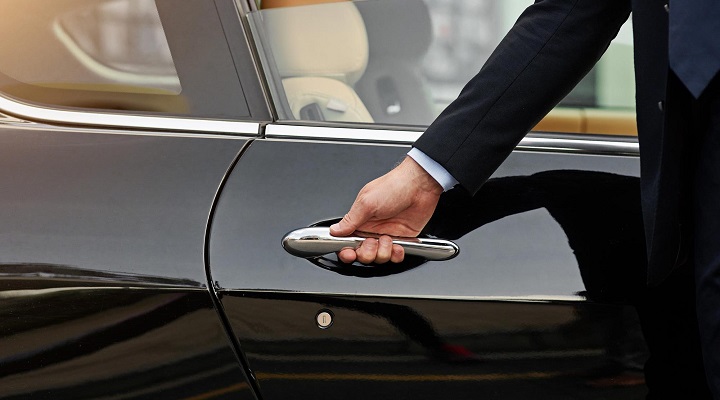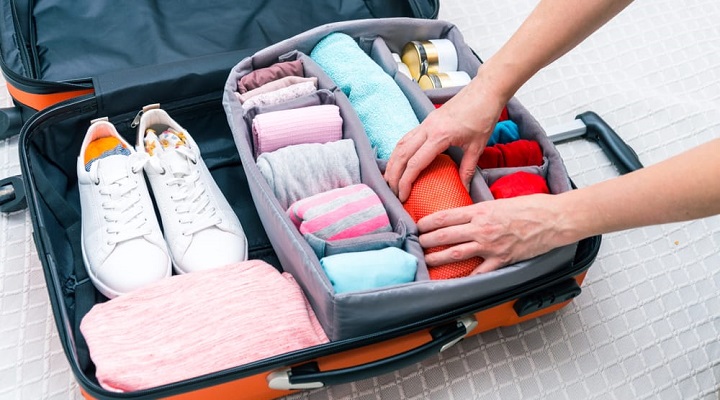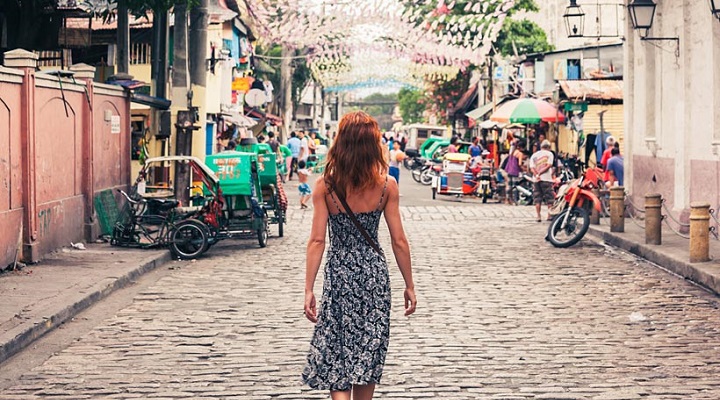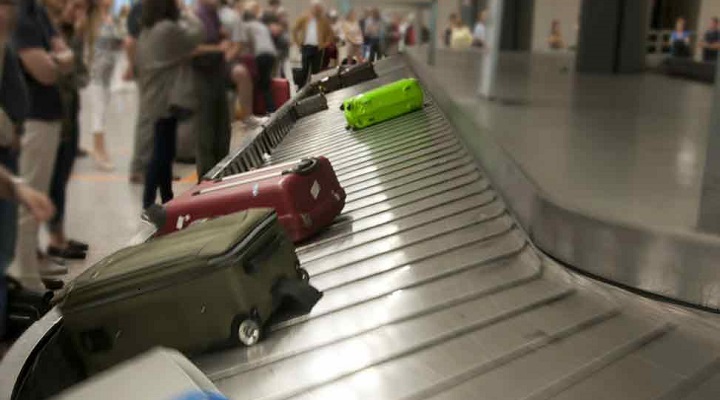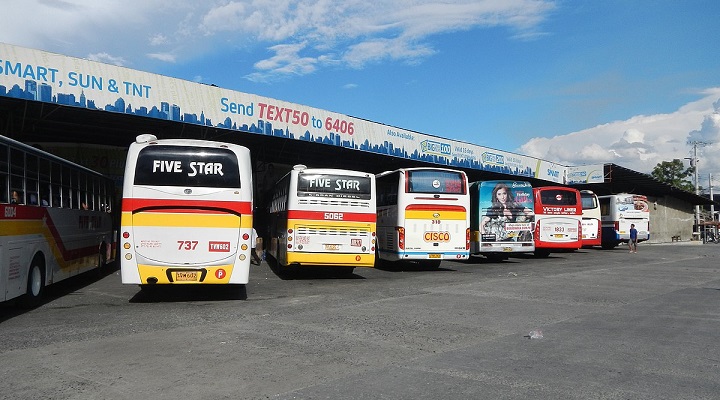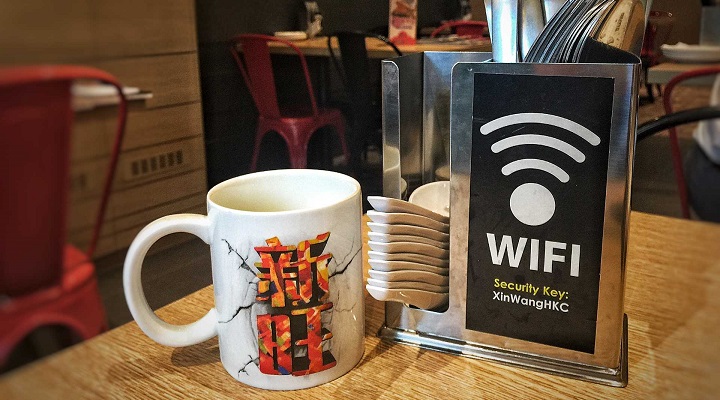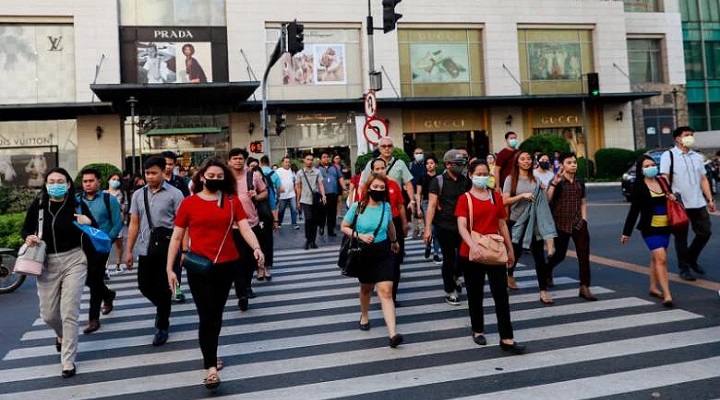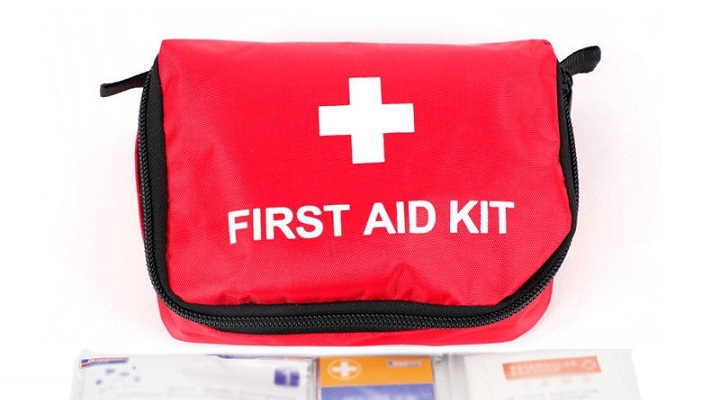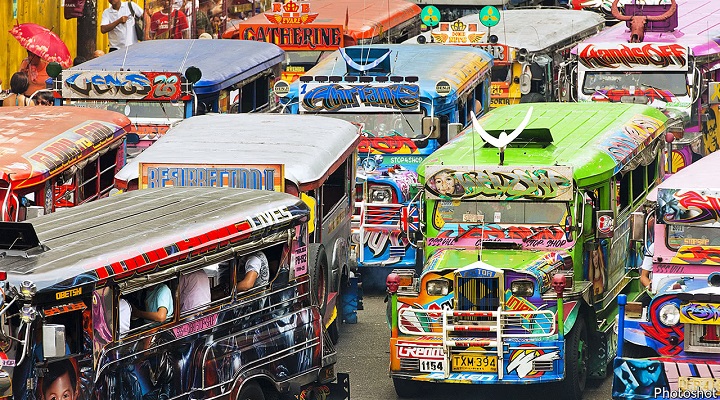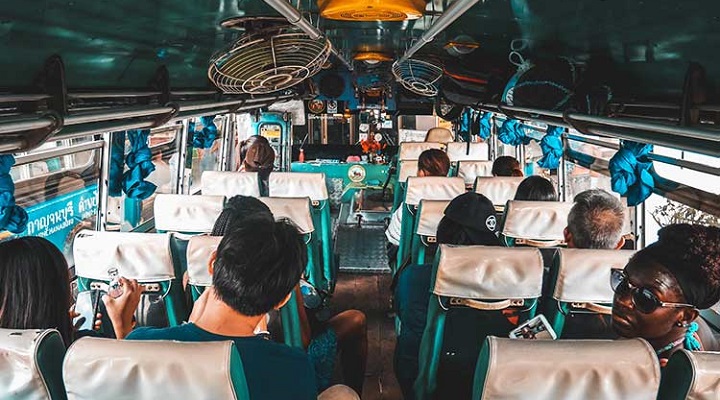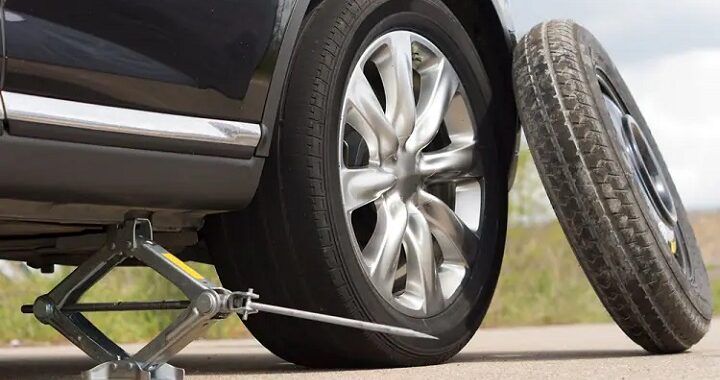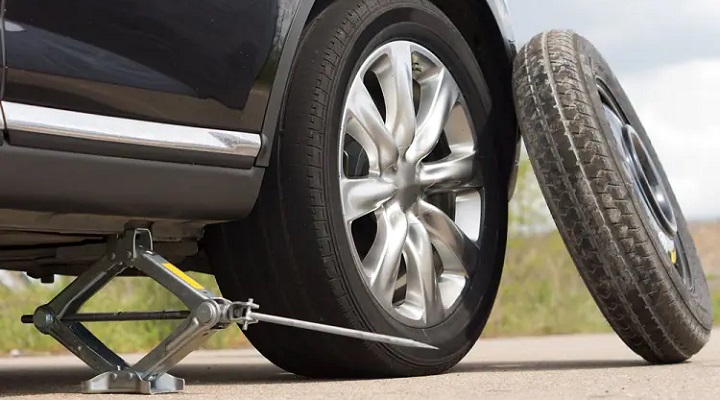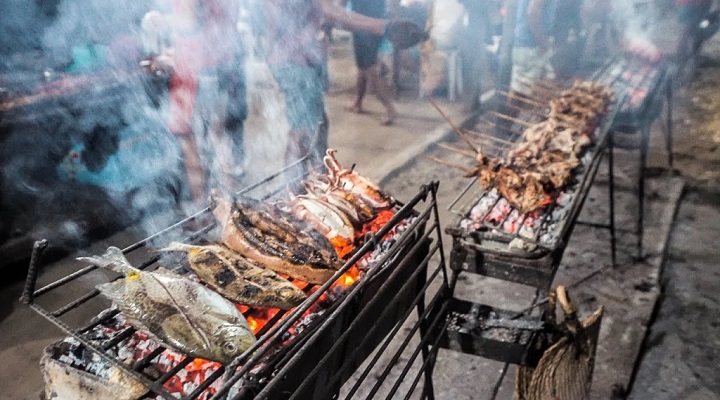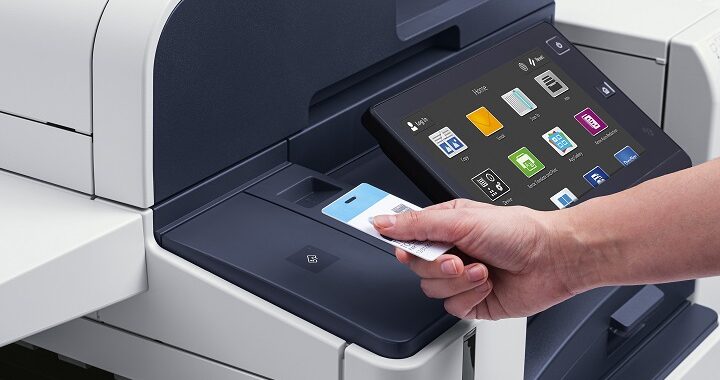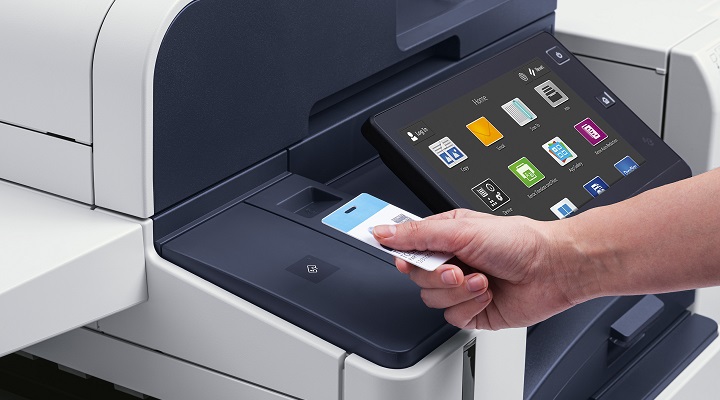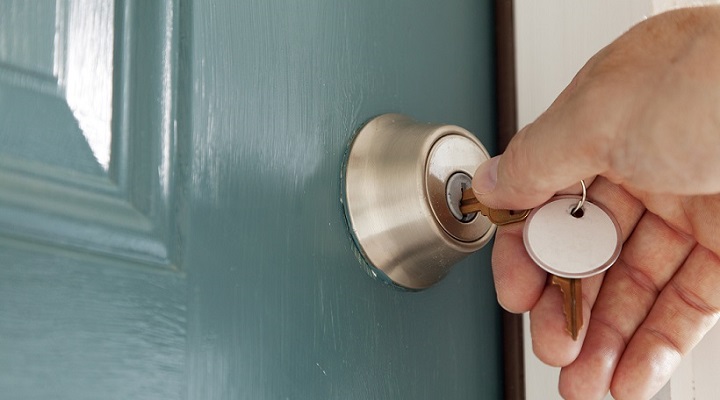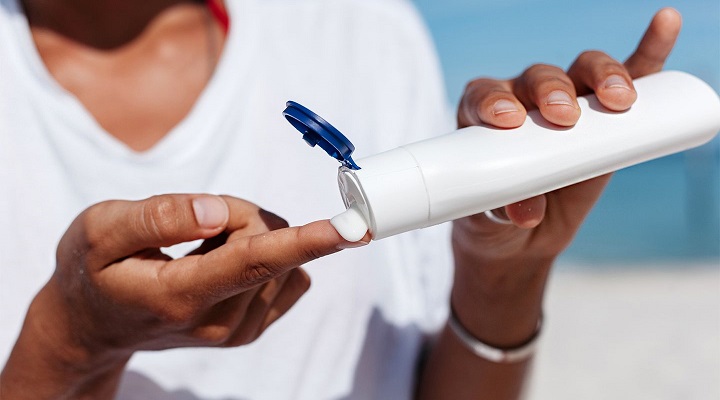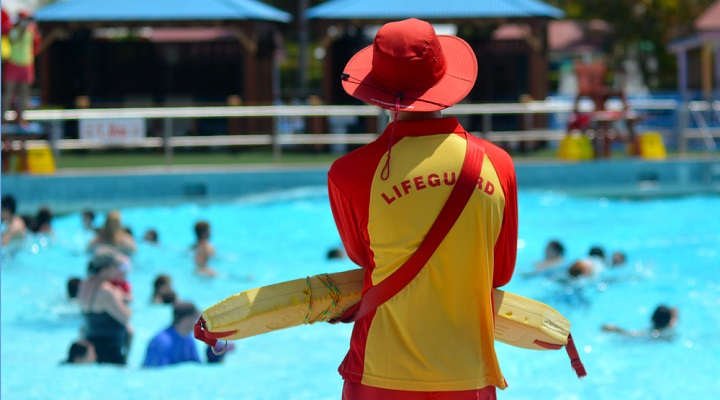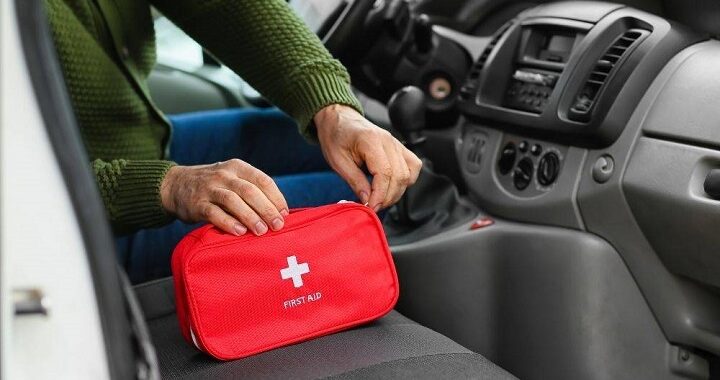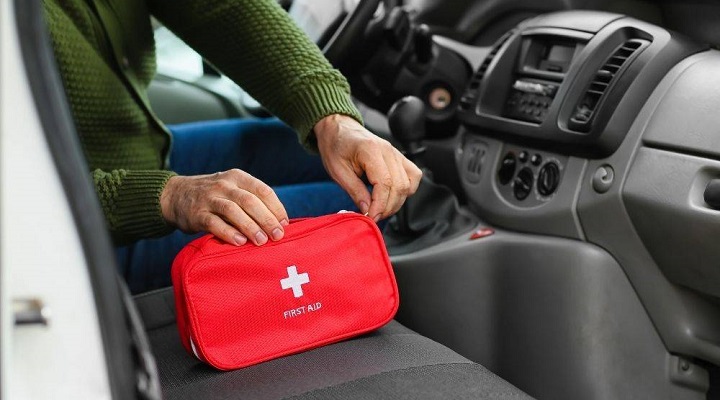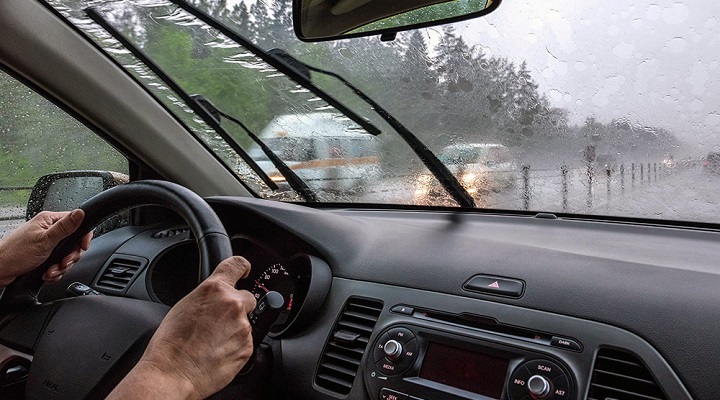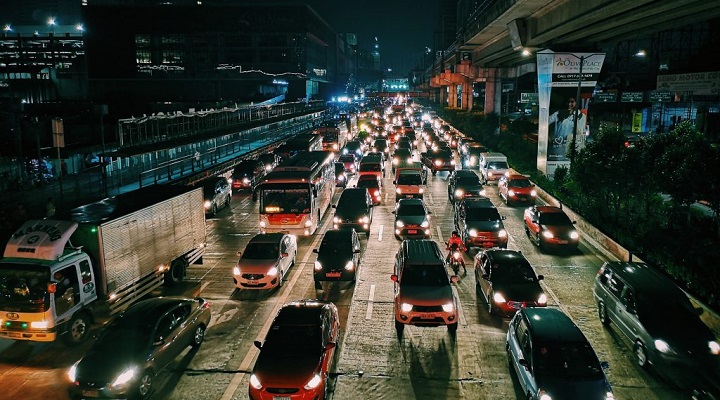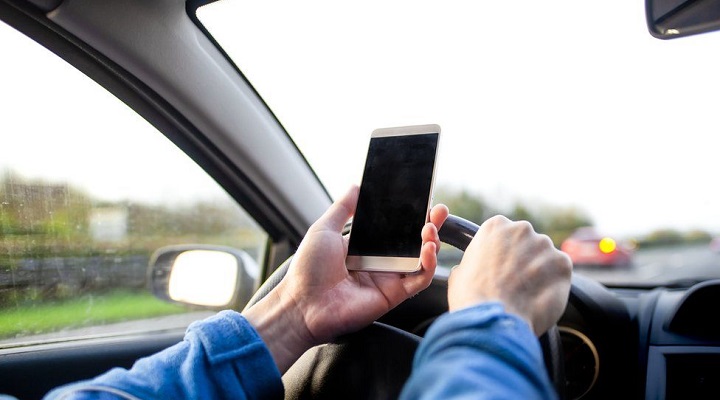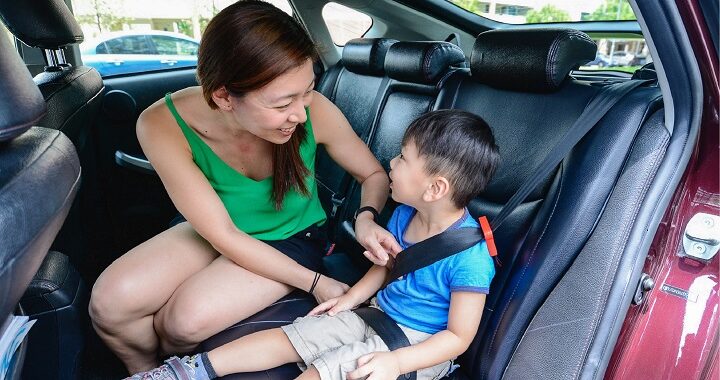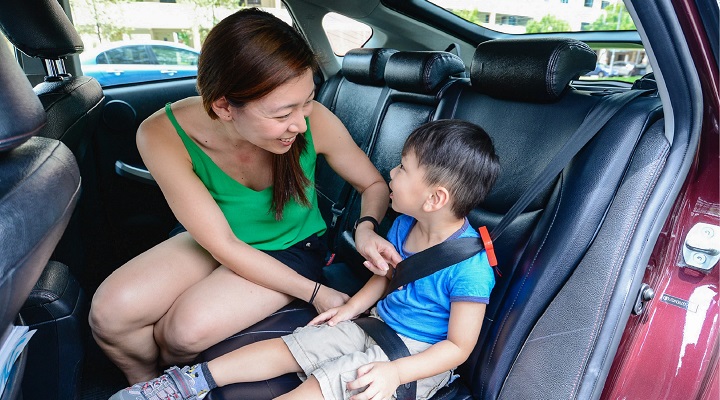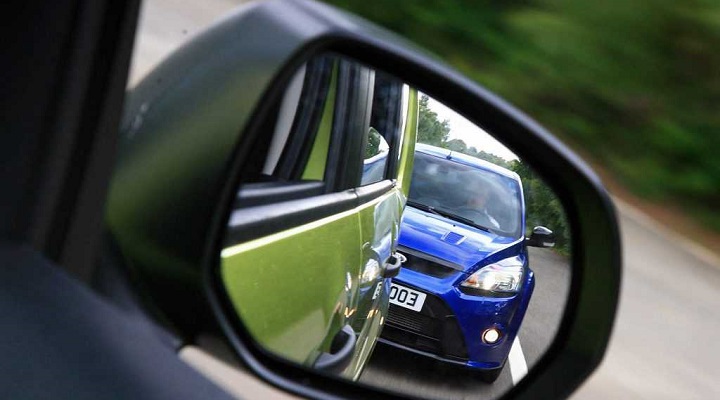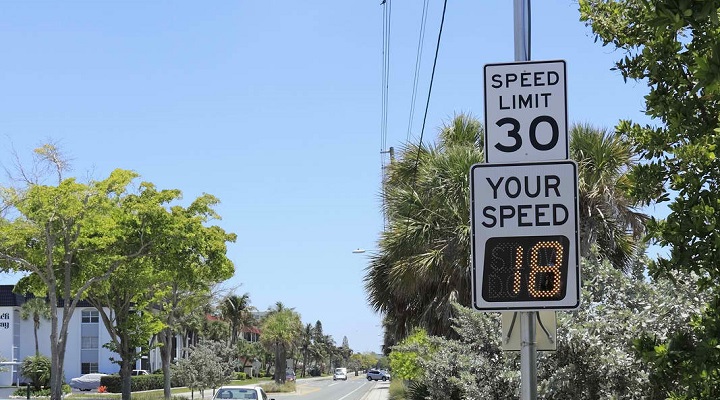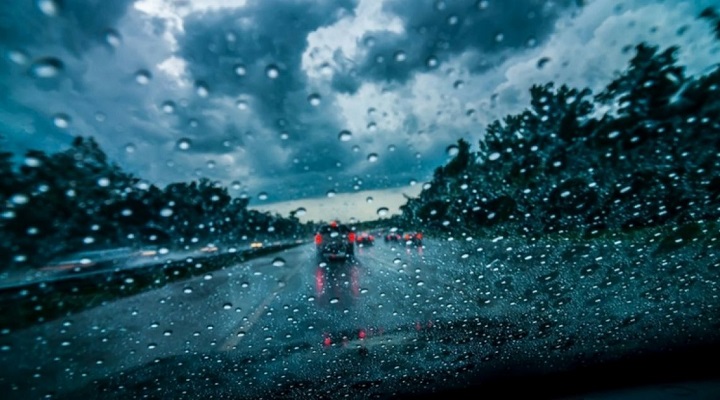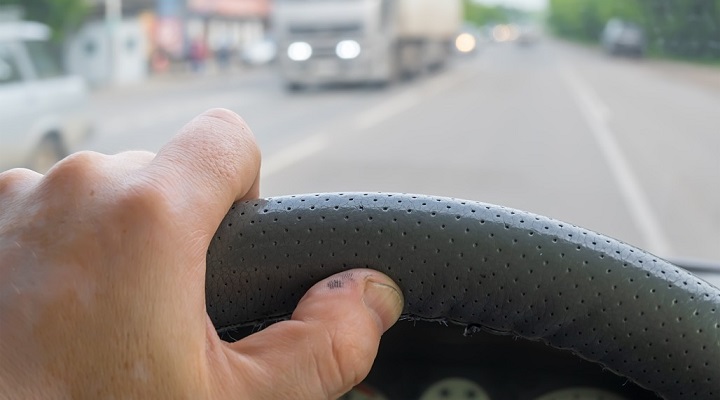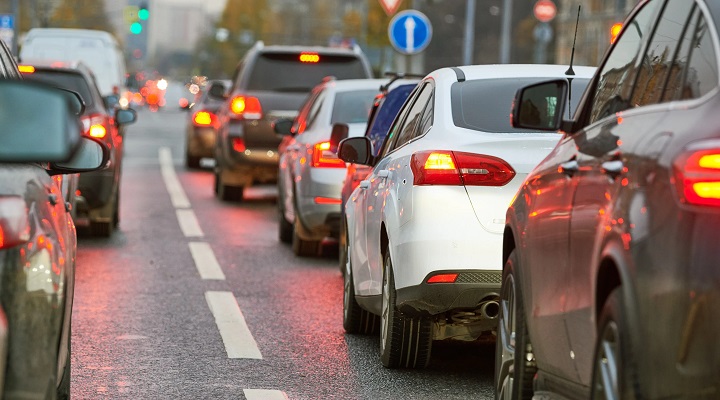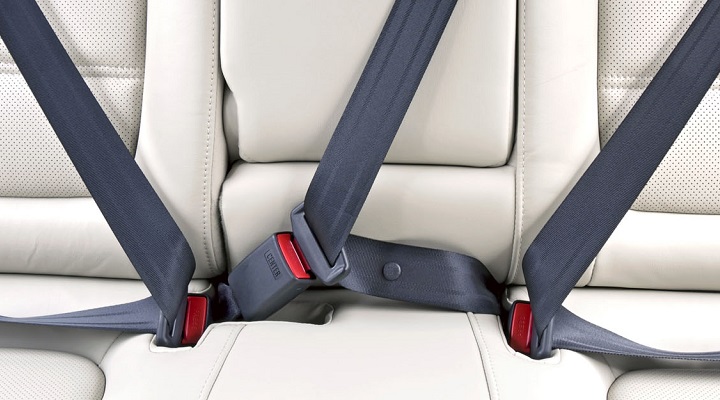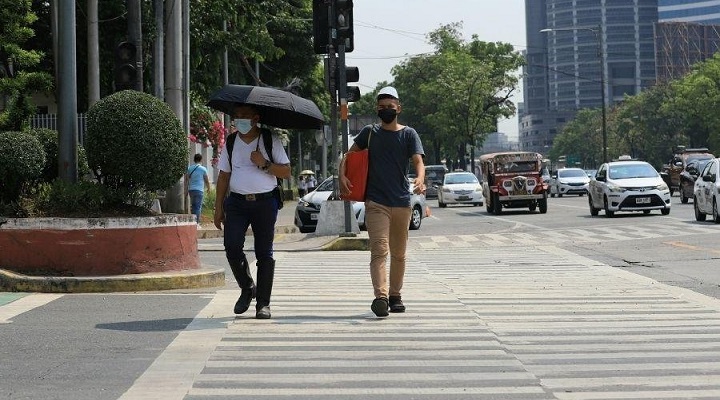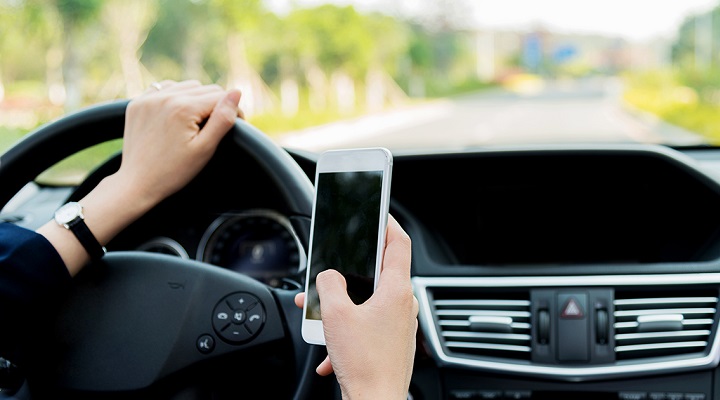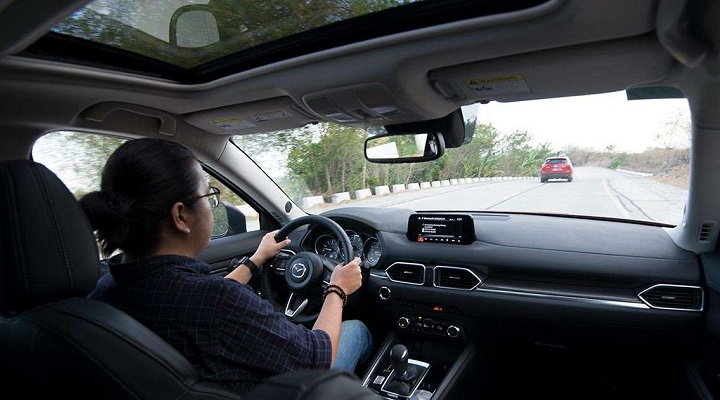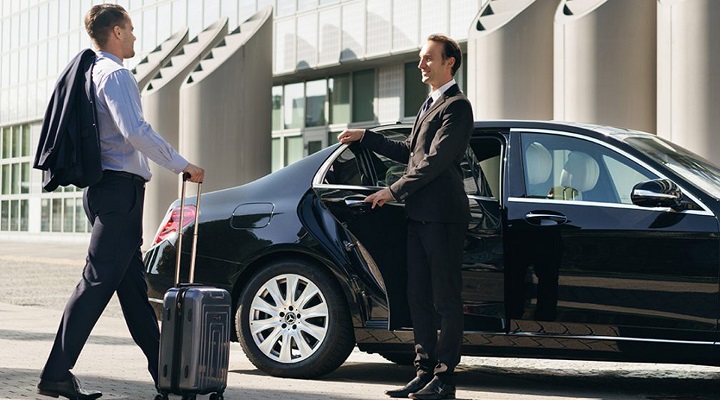
Which is better: Self-Drive or With Driver Car Rental?
When availing a car rental, there are a lot of considerations you must think of before making a decision. If you’re in it for the long haul and you have a tiring trip, having a hired driver might be better for you. But if you’re backpacking across a province for your vacation, maybe a self-drive will be better for you.
There will be pros and cons to either of the services, so you must make this important decision with all factors in mind! Here are some of the things you must consider before deciding to avail a self-drive or with driver rental.

Self-Drive Car Rental:
ADVANTAGES
You have complete control over the vehicle, your destination, schedule, and route. You can go wherever you want at your own pace, on the route you prefer, at a speed of your choice, and with only yourself to consider. Abide by the terms and conditions of the rental agreement, and aside from that, you are a free man with a car to take you everywhere!
DISADVANTAGES
You must be prepared to drive in areas you haven’t been before. It is highly suggested you have your GPS set up to not get lost. You should also be well-versed with dealing with potential issues of the vehicles such as the change of tires and many more
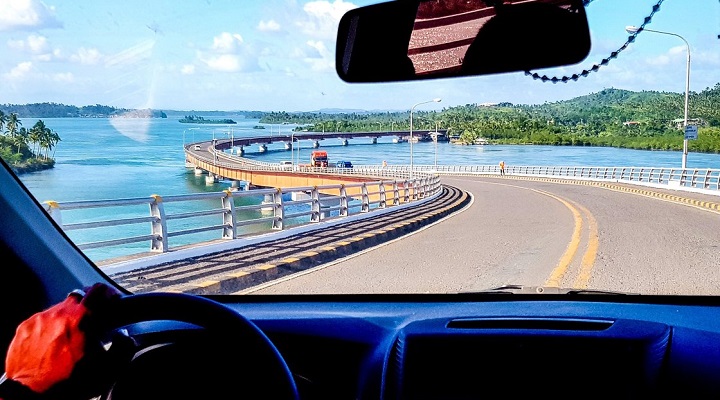
With Driver Car Rental:
ADVANTAGES
The driver assigned will be more familiar with the place, leaving you no fuss with driving and navigating around the area. This can be helpful to you for a first-time comer. They can also recommend you to locally-known places to eat and visit.
DISADVANTAGES
You will have to deal with a nonflexible and rigid schedule predetermined with the rental company. It is generally more expensive since the driver’s fees will incur an additional cost.
The choice of availing a self-drive rental or a with driver relies on you, the client. It is up to your preference and needs for that trip whatever of the two you may avail. Self-driving gives you the autonomous control of the vehicle on the road, while hiring a driver can leave you resting on the back seat and relaxed. It depends on you.
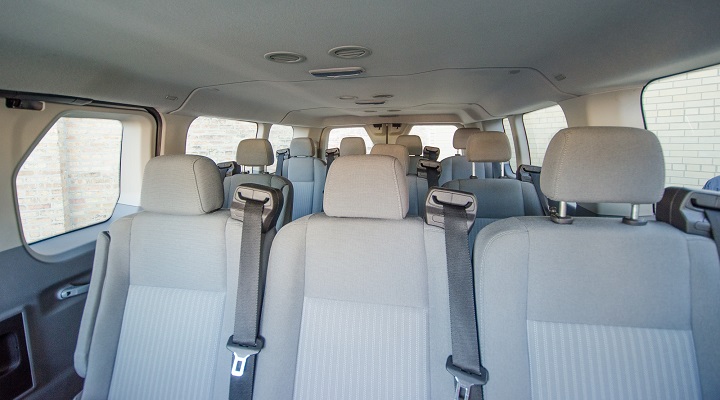
FACTORS TO CONSIDER BEFORE MAKING YOUR CHOICE:
COST
Using the service of the hired driver will be more expensive compared to self-driving. However if this is not a problem and your need to be chauffeured around surpasses the cost, then hiring a driver is justified and more worth it.
TRAVEL STYLE
If you prefer to go at your own pace and to be flexible on your trip, a self-driving service will be best for you. But if you have a structured trip laid out, a hired driver can make the vacation a lot less stressful.
COMFORT
Those who are not comfortable with driving to new places will benefit the most from a hired driver.
TRIP DURATION
If you are in for a long business trip where you’re exhausted by work, a self-driving rental will become more tiring for you. Hire a driver instead to catch some rest and breaks in between locations.
PEOPLE
When traveling with a lot of people, hiring a big vehicle with a driver is more practical than having multiple self-driven cars.
DESTINATION
When going to unfamiliar and challenging destinations, a driver who’s familiar with the area’s traffic, roads, and streets will be more beneficial. But if you are in a familiar city with easy to navigate roads, self-driving is a better option for you.
LIABILITY
When you are self-driving, you will be held liable for the damages or accidents that will happen during your rental duration. When you have a driver, they will be responsible for it.
LANGUAGE
When traveling somewhere that you don’t speak their local dialect, your hired driver can help you communicate with locals instead.
There are a lot of factors to consider when making this decision, but what’s important is to always uphold your personal needs and preferences. Do not forget to keep in mind what we listed above when deciding!

